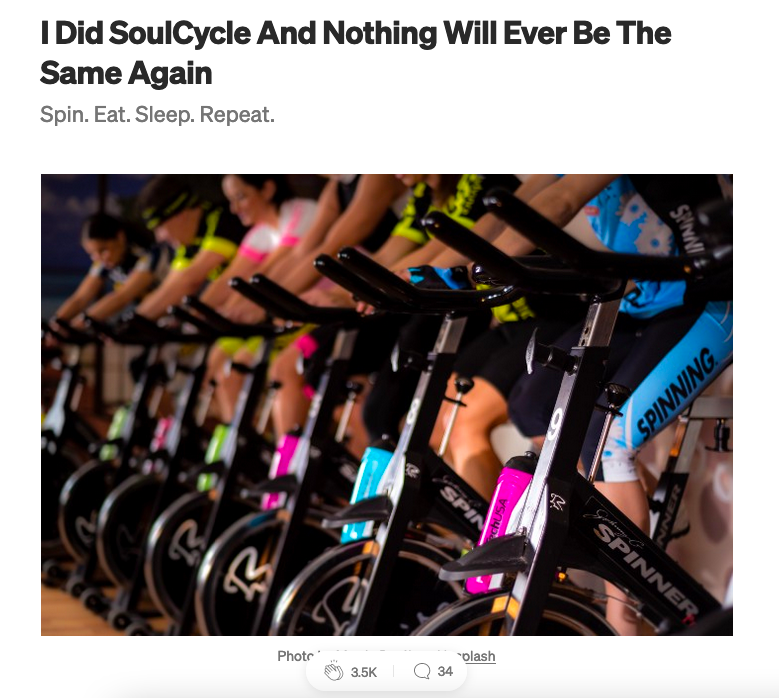“Is content experience part of user experience?” A participant asked me in a product content strategy and design discussion. I was not prepared for a structured answer to this question because the relation between content and design is complicated even if these two are indispensable to each other.
How content experience is part of UX
All user experience is about what customers see on an interface, how they process the information, find more information, make decisions, move forward in their journey, and sometimes form opinions about the product or of the brand itself. Content enables this experience.
The way content is designed to be part of the design makes the users decide whether they could trust the brand and whether the product is useful to them. Content gives them confidence (or sometimes dents it completely), and it helps them complete the jobs that they wanted to do in a product.
Content helps the customers to decide and take actions at specific steps or stages in their product journey. UX writers own the content experience for the interface by designing the message that really informs the customers for their needs and goals (see related post on how content adds to the design and how content experience is part of the user experience).
So, content experience is part of user experience.
How content experience is more than UX
A lot of branded content lives outside the product. For example, the organization’s sales and marketing content, their community content, and other brand touchpoints such as in the technology events and the Press. Customers tend to form opinions about a brand even if they have not directly or actively used its product and sometimes they amplify a brand even when they are not a customer.
For example I have never used Airbnb myself but I might recommend my friends for a technology job in this company because I have a positive opinion about their product teams. The content that contributes to this brand advocacy among the audience is content experience which is not always a part of the user experience. I have more such examples such as Reformation for the brand values, Stripe for their engineering culture, and SoulCycle for their positioning.
Content experience is also about what makes the message and the brand memorable. In some cases, it is about the emotions, for example how SoulCycle connects with its audience. and how the user generated content becomes an extension of this branded content experience.
Content experience gives directions to this common and public sentiment about their interpretation of the brand. In this case, the scope of content experience is outside the user experience.

An organization has no or little control over where the public may find them, and how they interpret and make sense of about what the organization is doing. Content experience should be part of an organization’s brand narrative strategy to build it within the product and outside the product for all branded content touchpoints.
Content experience
Content experience when influenced by our understanding of user experience is about content’s usability, utility, usefulness, its timing, and its role in the UX or CX beyond the measurable numbers. For example when customers have a memorable experience of successfully sharing the scan with a doctor and getting personalized report with the right guidelines in context of their specific use case and medical conditions, at the right time, and feel that they can trust this brand and they can continue using this product happily, it is the outcome of content experience and design when combined.
In any organization, all the content or language specific roles contribute to this content experience. For example in design teams, the interaction designers add to the content experience.
Content experience also involves the content in its raw form such as the user research data before and after the synthesis, or the system mapping concepts when locked or framed in Knowledge Graph discussions. The broader scope is to think of all messages, communication, and flow of digital assets including the asset itself across different internal and external audiences—these are all part of content experience.
Content experience is enabling what the product team designs so that the system and the users can understand each other, interact, respond as required, answer each other’s questions, and complete the job. It is not only for the words, it is about giving confidence to the users, every time.
This is why I said earlier in this post that content and design are in an interesting relationship—friendly and complicated.
—
This topic is part of my advanced course in product content strategy, content design, and UX Writing. See the course details for how we can find and add more meaning to our work.
